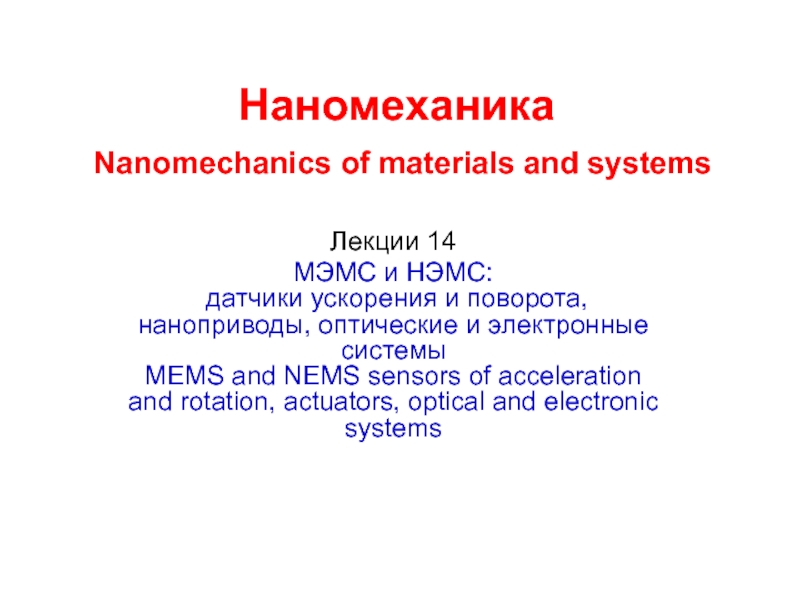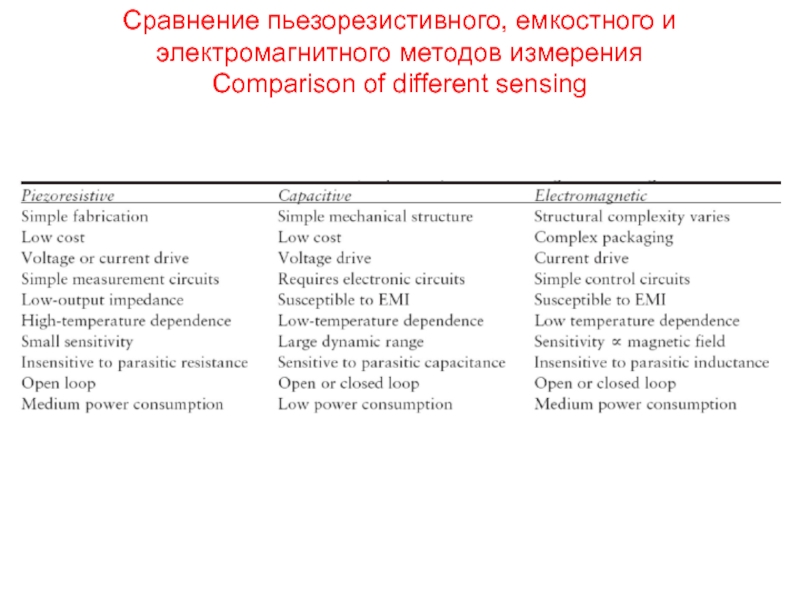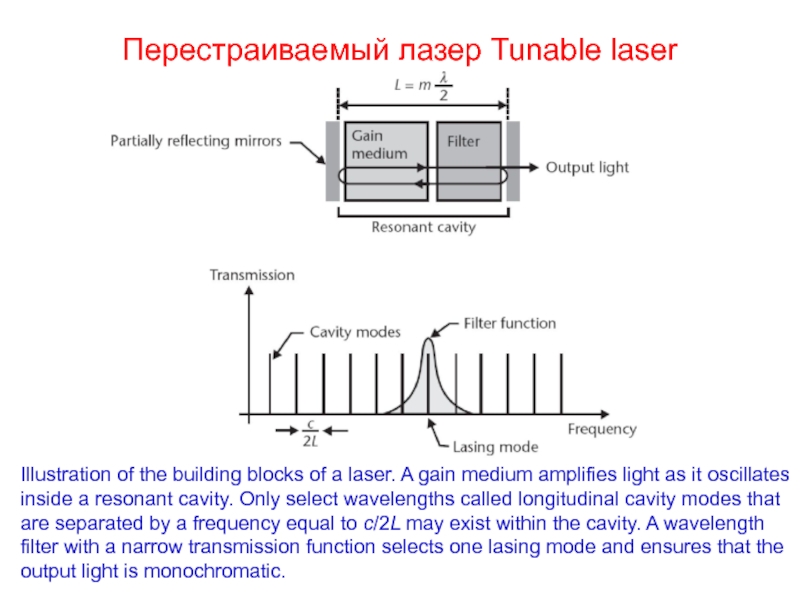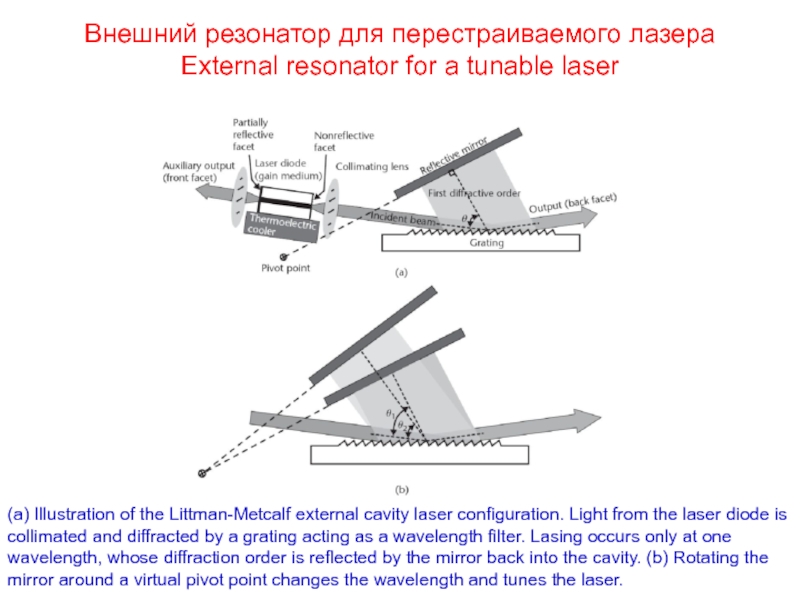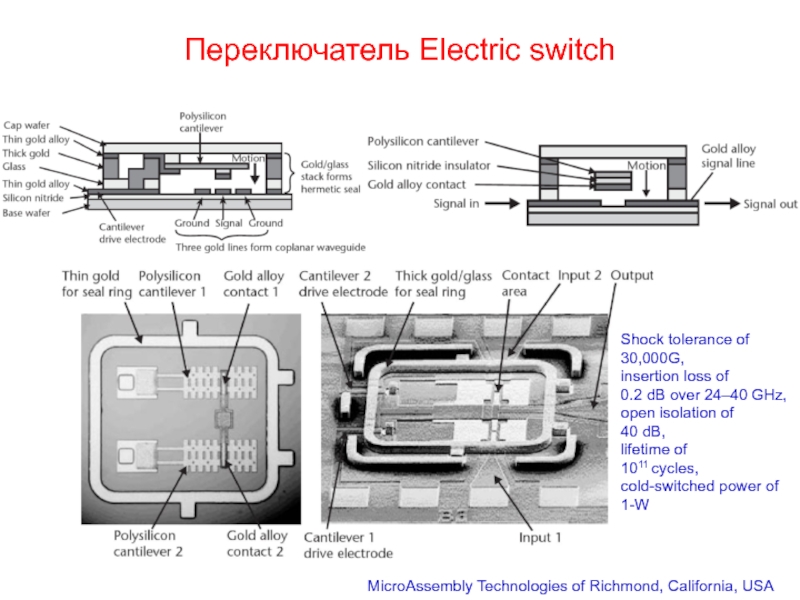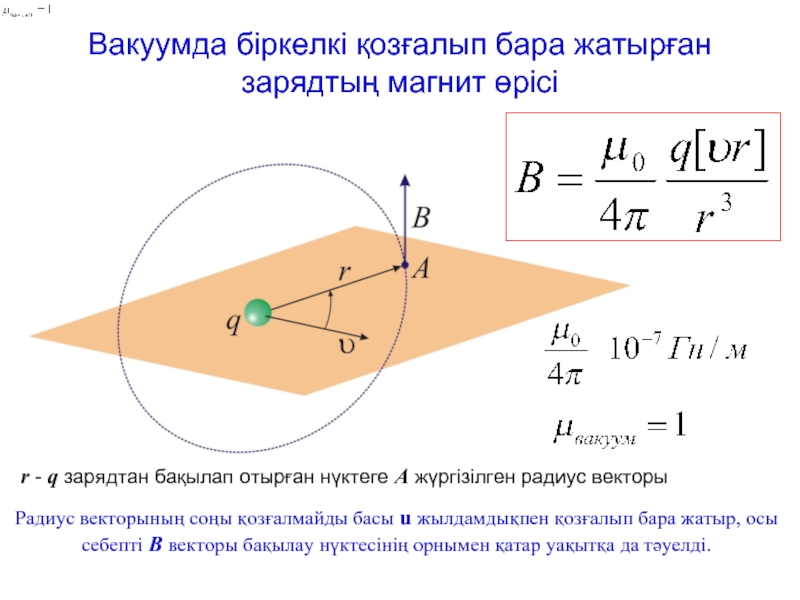- Главная
- Разное
- Дизайн
- Бизнес и предпринимательство
- Аналитика
- Образование
- Развлечения
- Красота и здоровье
- Финансы
- Государство
- Путешествия
- Спорт
- Недвижимость
- Армия
- Графика
- Культурология
- Еда и кулинария
- Лингвистика
- Английский язык
- Астрономия
- Алгебра
- Биология
- География
- Детские презентации
- Информатика
- История
- Литература
- Маркетинг
- Математика
- Медицина
- Менеджмент
- Музыка
- МХК
- Немецкий язык
- ОБЖ
- Обществознание
- Окружающий мир
- Педагогика
- Русский язык
- Технология
- Физика
- Философия
- Химия
- Шаблоны, картинки для презентаций
- Экология
- Экономика
- Юриспруденция
МЭМС и НЭМС: датчики ускорения и поворота, наноприводы, оптические и электронные системы презентация
Содержание
- 1. МЭМС и НЭМС: датчики ускорения и поворота, наноприводы, оптические и электронные системы
- 2. Базовая структура датчика ускорения Base structure
- 3. Пьезорезистивный датчик ускорения Piezoresistive acceleration sensor Illustration
- 4. Емкостной датчик Capacitive sensor Поперечная конфигурация Продольная конфигурация x0 Δx Δy ly
- 5. Емкостной датчик ускорения. Capacitive accelerometer. Illustration of
- 6. Емкостной датчик ускорения – последовательность производства Production of capacitive accelerometer
- 7. Емкостной датчик ускорения. Capacitive accelerometer. Illustration of
- 8. Емкостной датчик ускорения, произведенный с помощью DRIE.
- 9. Сравнение пьезорезистивного, емкостного и электромагнитного методов измерения Comparison of different sensing
- 10. Элементы НЭМС NEMS elements Пассивные Passive Датчики Sensors Приводы (актуаторы) Actuators
- 11. Термический привод Thermal actuator if F is the external force
- 12. Пьезоэлектрический элемент (датчик или привод) Piezoelectric sensor
- 13. Электростатический нанопривод Electrostatic actuator (a) An illustration
- 14. Сравнение различных наноприводов Comparison of different nanoactuators
- 15. Гироскопы и датчики поворота Gyroscopes and tilt sensors
- 16. Кориолисово ускорение Coriolis acceleration Illustration of the
- 17. Базовый датчик угловой скорости Base angular
- 18. Датчик угловой скорости Angular-rate sensor Illustration
- 19. Датчик угловой скорости Daimler Benz – последовательность производства Angular-rate sensor – fabrication steps
- 20. Датчик угловой скорости Angular-rate sensor Illustration
- 21. Датчик угловой скорости Angular-rate sensor Illustration
- 22. Микро/наногенераторы: Vibration Harvesting Power vs. normalized frequency
- 23. Self-powered Wireless Corrosion-monitoring System Wireless sensor system
- 24. Оптические переключатели Optical switches Illustration of a
- 25. Проекционные дисплеи Projectors Illustration of a single
- 26. Микрозеркалa Micromirrors Illustration of optical beam steering
- 27. Микрозеркало - последовательность производства Micromirror fabrication steps
- 28. Дифракционный оптический переключатель Optical diffraction switch
- 29. Цветной проекционный элемент Color projection Implementation of
- 30. Перестраиваемый лазер Tunable laser Illustration of the
- 31. Внешний резонатор для перестраиваемого лазера External resonator
- 32. Массив лазеров и оптоволокно Collimation of
- 33. Микрозеркало Micromirror Schematic cross section of the
- 34. Многоканальный оптический переключатель Multichannel optical switch Schematic
- 35. Замещение пассивных электронных элементов Replacement of passive electronic components
- 36. Индуктивность Microinductor The PARC inductor: (a) scanning-electron
- 37. Индуктивность - последовательность производства НЭМС Fabrication of microinductor
- 38. Переменная емкость Tunable capacitor
- 39. Резонатор Resonator Illustration of a micromachined folded-beam
- 40. Высокочастотный резонатор с термокомпенсацией Resonator with thermal
- 41. Переключатель Electric switch MicroAssembly Technologies of Richmond,
- 42. To be continued
- 43. Домашнее задание ...
Слайд 1Наномеханика
Nanomechanics of materials and systems
Лекции 14
МЭМС и НЭМС:
датчики ускорения
Слайд 2Базовая структура датчика ускорения
Base structure of acceleration sensor
The basic structure
(stiffness)
Слайд 3Пьезорезистивный датчик ускорения
Piezoresistive acceleration sensor
Illustration of a piezoresistive accelerometer from Endevco
Слайд 5Емкостной датчик ускорения. Capacitive accelerometer.
Illustration of a bulk micromachined capacitive accelerometer.
Слайд 6Емкостной датчик ускорения – последовательность производства
Production of capacitive accelerometer
Слайд 7Емкостной датчик ускорения. Capacitive accelerometer.
Illustration of the basic structure of the
Acceleration rating
is from 1G to 100 G,
excitation frequency is 1 MHz, C = 10-13F bandwidth is 1-6 kHz,
mass is 0.3 - 100 μg,
Brownian mechanical noise for 0.3 μg is 225 μG Hz1/2
Слайд 8Емкостной датчик ускорения, произведенный с помощью DRIE. Capacitive accelerometer using DRIE.
Scanning-electron
50 to 100 μm deep, the sensor gains an inertial mass, up to 100 μg, and a capacitance, up to 5 pF. The relatively large mass reduces mechanical Brownian noise and increases resolution. The high aspect ratio of the spring practically eliminates the sensitivity to z-axis accelerations.
Слайд 9Сравнение пьезорезистивного, емкостного и электромагнитного методов измерения
Comparison of different sensing
Слайд 12Пьезоэлектрический элемент (датчик или привод)
Piezoelectric sensor and actuator
An illustration of the
across the electrodes results in dimensional changes in all three axes (if d31 and d33 are nonzero). Conversely, an applied force in any of three directions gives rise to a measurable voltage across the electrodes.
Активный элемент:
ZnO, LiNbO3, BaTiO3, PbZrO3 или кварц
Слайд 13Электростатический нанопривод
Electrostatic actuator
(a) An illustration of a parallel-plate electrostatic actuator with
Слайд 16Кориолисово ускорение Coriolis acceleration
Illustration of the Coriolis acceleration on an object
vEarth= 1670 cos(lattitude) km/h
Seattle, Washington (lat. 48º N),
vEarth= 1120 km/h
to Los Angeles, California (lat. 34º N)
vEarth= 1385 km/h
Слайд 17Базовый датчик угловой скорости
Base angular rate sensor
Illustration of the tuning-fork
Coriolis acceleration ac = 2Ω x v.
Слайд 18Датчик угловой скорости Angular-rate sensor
Illustration of the angular-rate sensor from
Слайд 19Датчик угловой скорости Daimler Benz – последовательность производства Angular-rate sensor –
Слайд 20Датчик угловой скорости Angular-rate sensor
Illustration of the Delphi Delco angular-rate
Слайд 21Датчик угловой скорости Angular-rate sensor
Illustration of the CRS angular-rate sensor
Слайд 22Микро/наногенераторы: Vibration Harvesting
Power vs. normalized frequency with varying electrical load resistance
Illustration
Vibrations generate 10’s-100’s of μW
Слайд 23Self-powered Wireless Corrosion-monitoring System
Wireless sensor system schematics. The selfpowered sensor node
Слайд 24Оптические переключатели Optical switches
Illustration of a 2 x 2 binary reflective
Слайд 25Проекционные дисплеи Projectors
Illustration of a single DMD pixel in its resting
Слайд 26Микрозеркалa Micromirrors
Illustration of optical beam steering using the switching of micromirrors.
Each micromirror is 16 μm square and is made of aluminum. The pixels are normally arrayed in two dimensions on a pitch of 17 μm to form displays with standard resolutions from 800 x 600 pixels (SVGA) up to 1,280x1,024 pixels (SXGA). The fill factor is approximately 90%. The mechanical switching time is 16 μs.
Слайд 28Дифракционный оптический переключатель
Optical diffraction switch
Illustration of the operating principle
Слайд 29Цветной проекционный элемент Color projection
Implementation of color in a GLV pixel.
Слайд 30Перестраиваемый лазер Tunable laser
Illustration of the building blocks of a laser.
Слайд 31Внешний резонатор для перестраиваемого лазера External resonator for a tunable laser
(a)
Слайд 32Массив лазеров и оптоволокно Collimation of a laser from array into
Schematic illustration of the tunable array of DFB lasers from Santur Corporation of Fremont, California. Once a DFB laser in the array is electrically selected, a micromirror steers its output light through a focusing lens into an optical fiber. Changing the temperature of the DFB laser array using a TEC device tunes the wavelength over a narrow range. The illustration on thefar left depicts the simplified internal structure of a single DFB laser. Both facets of the semiconductor diode are coated with an antireflection (AR) coating.
Слайд 33Микрозеркало Micromirror
Schematic cross section of the micromirror used within the tunable
Слайд 34Многоканальный оптический переключатель
Multichannel optical switch
Schematic illustration of the 3-D architecture for
Слайд 36Индуктивность Microinductor
The PARC inductor: (a) scanning-electron micrograph (SEM) of a five-turn
Слайд 39Резонатор Resonator
Illustration of a micromachined folded-beam comb-drive resonator. The left comb
Добротность Q
кварц Q≈10000
RLC Q<1000
НЭМС:
вакуум Q>50000
воздух Q<50
k = E t (w/L)3
E = 160 GPa
t = 2 μm
w = 2 μm
L = 33 μm
m = 5.7 10-11 kg
f = 190 kHz
Слайд 40Высокочастотный резонатор с термокомпенсацией
Resonator with thermal compensation
Illustration of the compensation scheme
Слайд 41Переключатель Electric switch
MicroAssembly Technologies of Richmond, California, USA
Shock tolerance of
30,000G,
insertion loss of 0.2 dB over 24–40 GHz,
open isolation of 40 dB,
lifetime of 1011 cycles,
cold-switched power of 1-W
